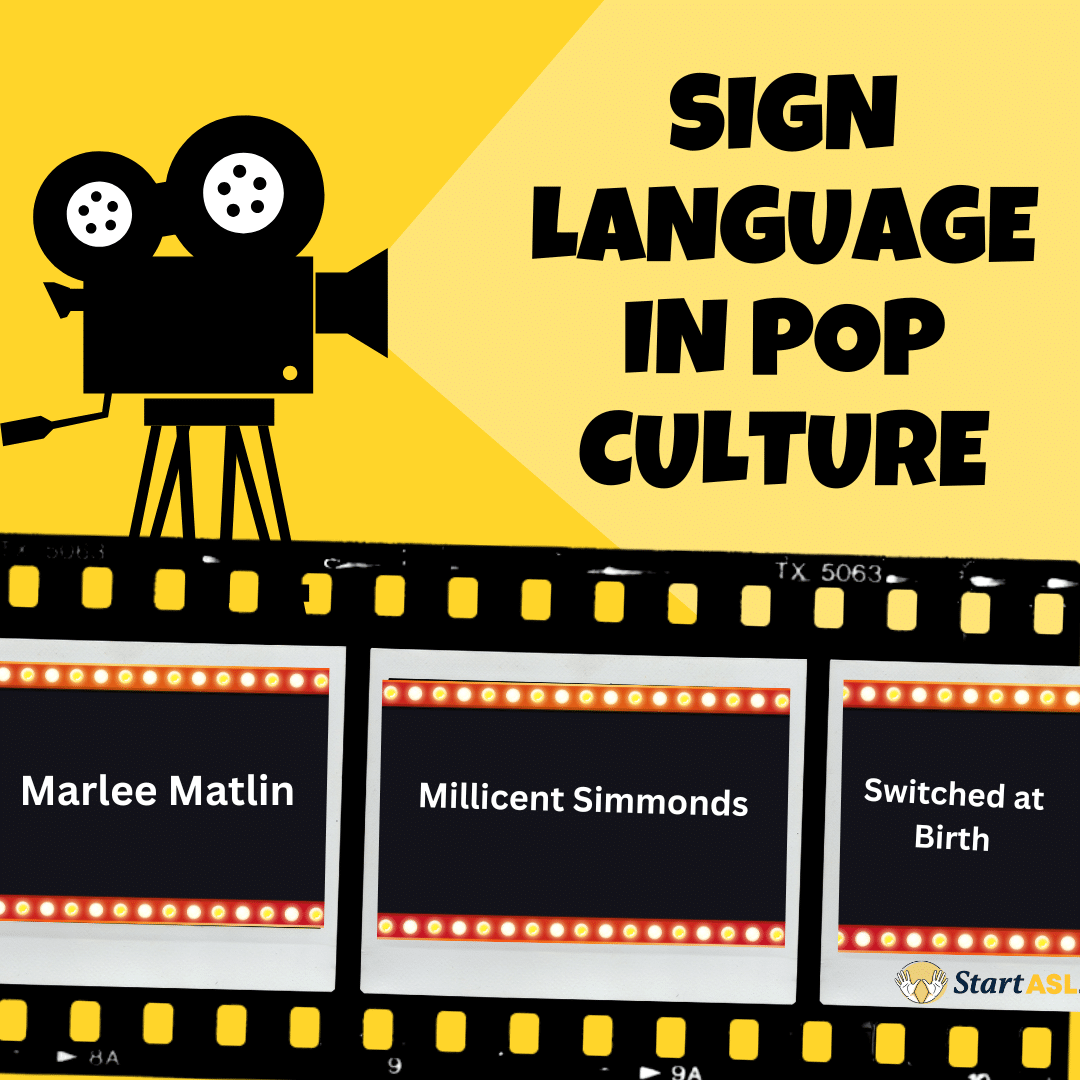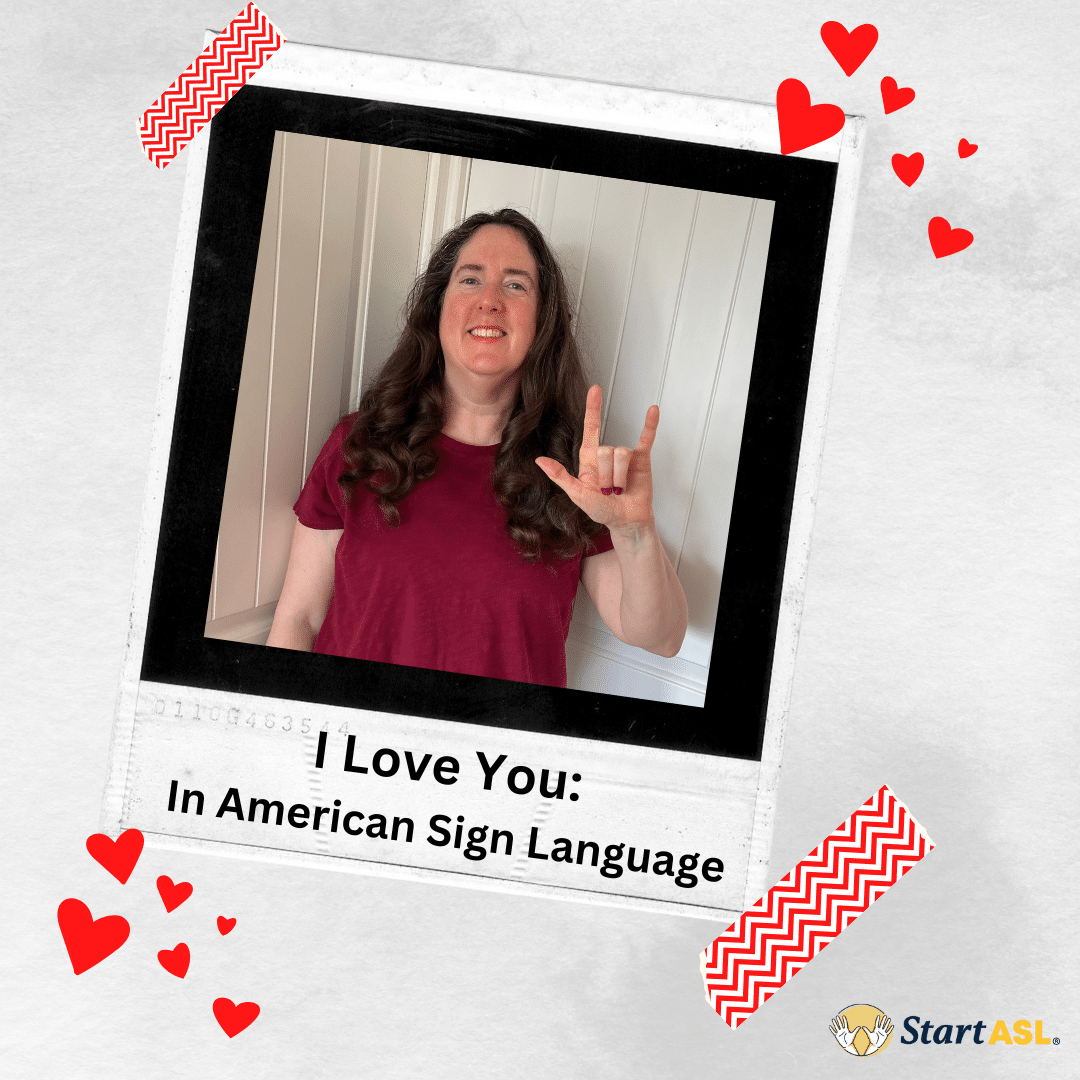
See What I’m Saying: Deaf Culture in the Entertainment Industry
- by Michelle Jay
- No Comments
by Lisa Baker (05/27/2020)
Literature and the Arts is an incredibly important outlet within the deaf community. It is one of the four crucial values of Deaf Culture, as it provides a sense of pride in one’s culture, especially for those deaf or hard-of-hearing who may have strong feelings about their hearing loss (Jay, 44). The arts give Deaf people the chance to express their feelings, or see their feelings through others in performance and other entertainment avenues. The documentary See What I’m Saying: The Deaf Entertainers Documentary provides insight and a glimpse into the lives of deaf performers trying to make it in both the deaf and hearing worlds. The entertainment industry is not easy to break into for a hearing person, and for a deaf person it is even more difficult. Robert (an actor), TL (a singer), Bob (a drummer), and CJ (a comic) had very different lives, and faced many challenges throughout the year their lives were filmed, however I found four themes that were common among them: Isolation in the hearing world, connection among people in deaf communities, the struggle for acceptance in both the deaf and hearing world, and perseverance.
It is widely known that there is a lack of understanding of the deaf and hard-of-hearing, therefore hearing people are often hesitant or unwilling to hire or involve those who are deaf. I found this very apparent in the entertainment world of this documentary, as well as in the wider hearing community. Robert, an actor, often pretended to understand hearing people, and he used a translator to phone a landlord about renting an apartment. The landlord immediately hung up when he/she found out Robert was deaf, and therefore Robert was forced to live on the streets for awhile. These day-to-day challenges for deaf people in a hearing world are often overlooked, and I liked how the documentary touched on these. Within the entertainment world, CJ, a comic, also auditioned for small acting roles. The casting department commented on his talent and they knew who he was, yet they did not hire him over a hearing actor. In addition, CJ was invited to participate in a festival in North Carolina, and only a few (if any) people attended his comedy shows. Meanwhile, he had travelled all over the world and was famous among deaf communities in many countries. Bob, a drummer, was told by his hearing family that he could never be a musician. It wasn’t until he attended Gallaudet University that he realized he could do whatever he wanted. This relates to the next theme I found from watching this film. While there is a disconnect between the deaf and hearing worlds, there is an instant connection among people in the deaf community.
Along with literature and the arts, socialization is another one of the most important values of Deaf Culture. Deaf people are commonly misunderstood, as was discussed in the previous section, therefore the support of others is crucial to the well-being of people who are deaf (Jay, 44). The Deaf community is small, and the deaf entertainment world is even smaller. Throughout the documentary, I noticed the incredible amount of support and encouragement the deaf entertainers had for each other, even if they didn’t know each other well. A powerful moment was when CJ was talking about performing all over the world, and he mentioned the instant connection he felt with deaf people in other countries. Just to have that outlet, to watch someone who understands who they are, what they’re going through, and being able to laugh together about it is incredibly special.
One of the most interesting and complex of the four entertainers for me was TL, a singer. She lost her hearing at the age of eight and struggled to find acceptance in both the deaf and hearing worlds. She couldn’t hear unless she was in a one-on-one, very quiet environment, and her signing wasn’t as clean as those in the deaf community. She struggled to make it as a singer because she had to work twice as hard, using muscle memory and lots of repetition to hit her notes. As an entertainer in the deaf community, however, her signing could be misunderstood to her deaf audience, and others thought she wasn’t “deaf enough” to play certain acting roles she received. TL was stuck in the middle of two worlds. Throughout the documentary, she continued to pursue her career, and hired a hearing vocal coach to help with her singing, and a deaf signing coach to help with her ASL. Towards the end of the documentary, at CJ’s festival, she felt a sense of belonging and acceptance in the deaf community. However, it took a lot of determination and perseverance on her part to get there.
The last theme and trait I found in each of the four entertainers was perseverance. They were already at a disadvantage within the entertainment industry, being deaf, however they all pursued their dream and never gave up. Robert and Bob could not make a living from acting and drumming alone, so Bob was also a teacher, and Robert took on various side jobs to help pay the bills. All four had to work extremely hard, immerse themselves into the hearing world, and fight for the chance to be seen. It takes a certain amount of courage and strength to continue pursuing something that has tried to shut you out for so long. These four wouldn’t accept rejection, and they took initiative to get themselves recognized. Bob organized a concert for his band, and CJ created an international festival. There were many challenges along the way, but in the end the deaf community ended up surpassing their expectations in the success of both of these events. If it weren’t for their perseverance, they wouldn’t have made such a huge impact on the deaf entertainment world.
CJ, Robert, Bob, and TL are four very talented individuals, each with different backgrounds and daily struggles, yet they all experienced similar challenges while trying to break into the mainstream entertainment world. They found themselves isolated and misunderstood in the hearing world, and struggled to gain acceptance. Within the deaf community, they found instant connection and belonging, and along with perseverance, they were able to create awareness and an outlet for those in the deaf community. See What I’m Saying gives the audience an informative look into Deaf Culture and community, and an inner look into the daily lives of a minority group that is often overlooked and misunderstood in the wider hearing world.
Works Cited
1. Jay, Michelle. Don’t Just “Sign”…Communicate! : A Student’s Guide to ASL and the Deaf Community. Judea Media, LLC – Los Angeles, California, 2011.
2. See What I’m Saying. Directed by Hilari Scarl, performances by CJ Jones, Robert DeMayo, TL Forsberg, and Bob Hiltermann, 2010.










